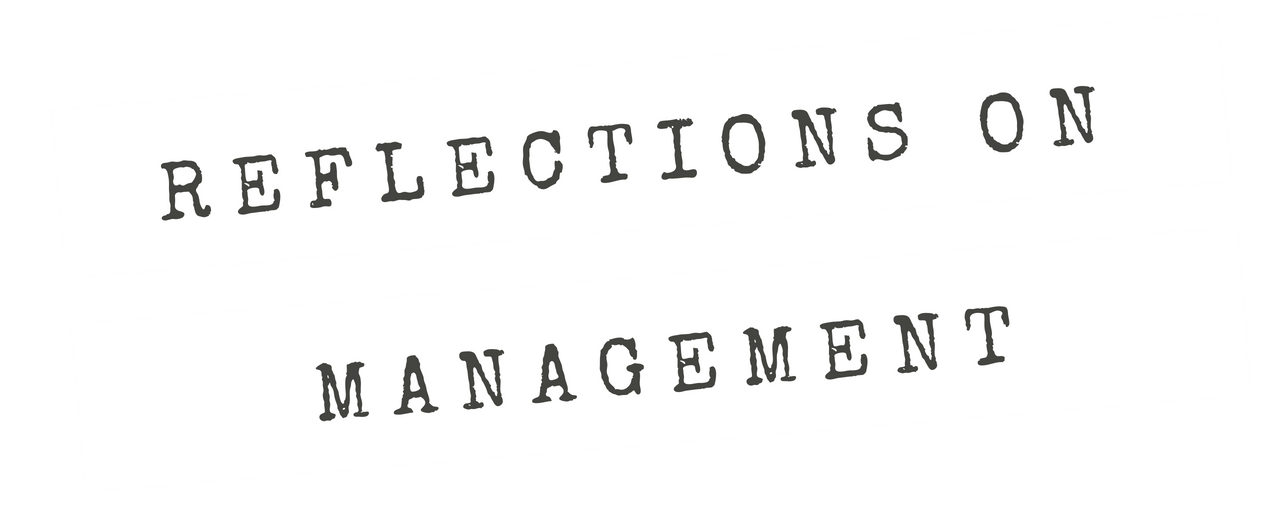If indeed we are looking at research questions, we also want to find ways to keep connected to those BIGGER questions we are trying to solve
Season 3, Episode 4
When one embarks on a career as a professional or a scholar, it is commonly spurred by a desire to make a significant contribution to society, through personal service (such as medicine or law) or helping solve a vexing problem. We want to ‘make a difference,’ ‘give back,’ and ‘do something about X or Y.’ But somewhere along the way, perhaps beginning with one’s dissertation or one’s socialization into the field, we narrow the questions down to what is deemed feasible or empirically testable. And that socialization process channels our work from then on, dissuading us from getting back to answering the big questions that brought us to the field in the first place. How can restore the sense of wonder from our beginnings and get after the big questions again?
This is a troublesome question for some, as ordinary academic pressures push us scholars to the culture of narrow questions, staying within our chosen field and communicating primary with those who are like-minded. I take a completely different view — happily pursuing topics that I have little to no prior experience in, so long as there’s a tether back to something about organizations. That’s because of my BIG question … my primary quest that drove me to enter a doctoral program at such a late age. What is that BIG question? Listen and find out!
Works Referenced:
Berger, W. (2014). A more beautiful question: The power of inquiry to spark breakthrough ideas. Bloomsbury Publishing USA.
Kerr, S. (1975). On the folly of rewarding A, while hoping for B. Academy of Management Journal, 18(4), 769-783.
Related Reflections on Management Episodes:
Episode 1-6, Is There Really Nothing So Practical as a Good Theory?
From the Talking About Organizations Network:
TAOP Episode 27, “Context and Action in the Transformation of the Firm,” covering Pettigrew, A. M. (1987). Context and Action in the Transformation of the Firm. Journal of Management Studies, 24: 649–670.


